Osnabrücker Schloss
Osnabrücker Schloss
© Sammlung Historische Bildpostkarten Sabine Giesbrecht
DEU
near Osnabrück
Click to show map
Fetching images...
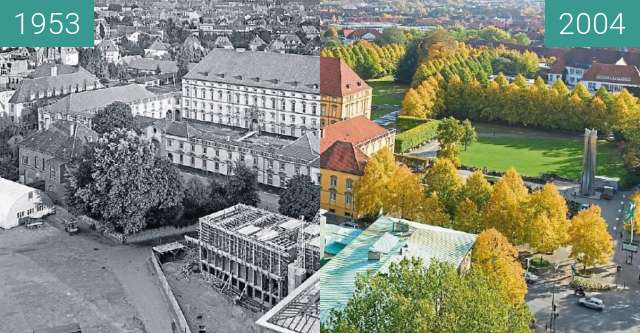


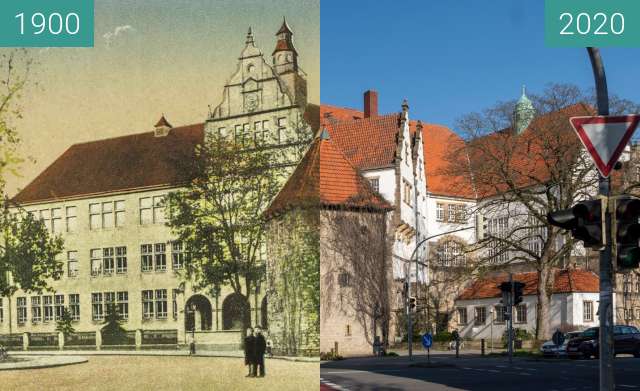
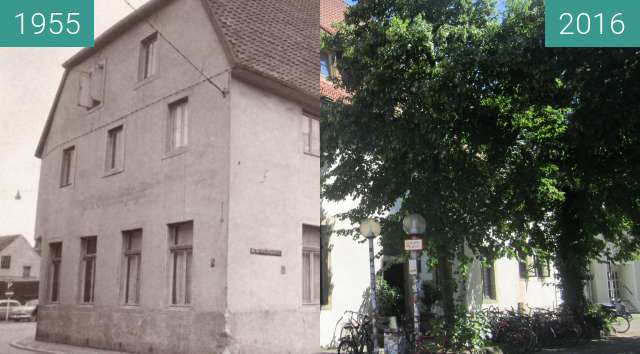
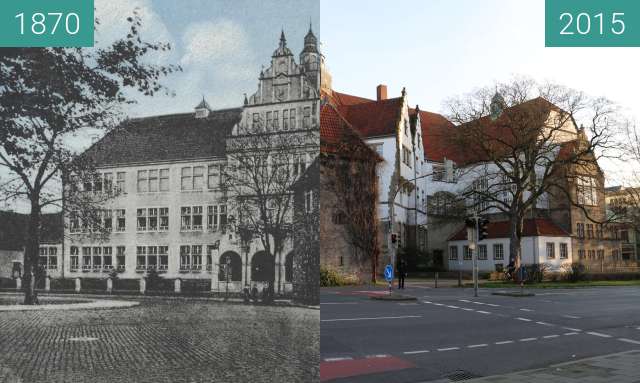
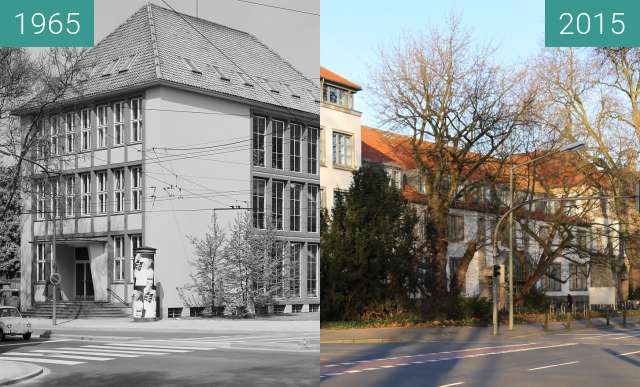


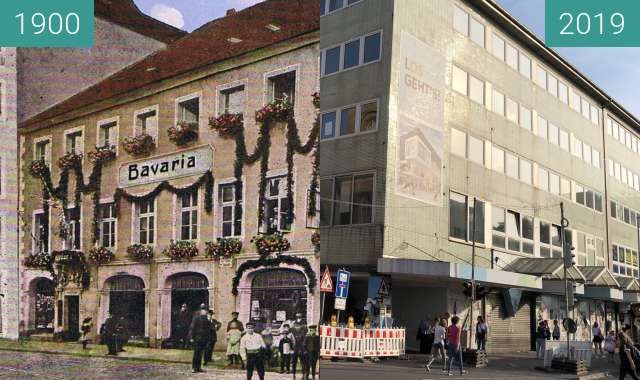
Das Osnabrücker Schloss war die Bischofsresidenz des protestantischen Osnabrücker Fürstbischofs Ernst August I. von Braunschweig-Lüneburg und seiner Frau Sophie von der Pfalz. Es ist seit 1974 Sitz der Verwaltung der Universität Osnabrück. Das Gebäude samt Gartenanlage, die Skulpturen im Schlossgarten einschließlich des Lyra-Denkmals stehen unter Denkmalschutz (zitiert nach https://de.wikipedia.org/wiki/Schloss_Osnabr%C3%BCck)
The Osnabrück Castle was the bishop's residence of the Protestant Osnabrück Prince-Bishop Ernst August I of Braunschweig-Lüneburg and his wife Sophie of the Palatinate. It has been the administrative headquarters of the University of Osnabrück since 1974. The building including the gardens, the sculptures in the castle garden including the Lyra monument are listed as historical monuments (quoted from https://de.wikipedia.org/wiki/Schloss_Osnabr%C3%BCck)